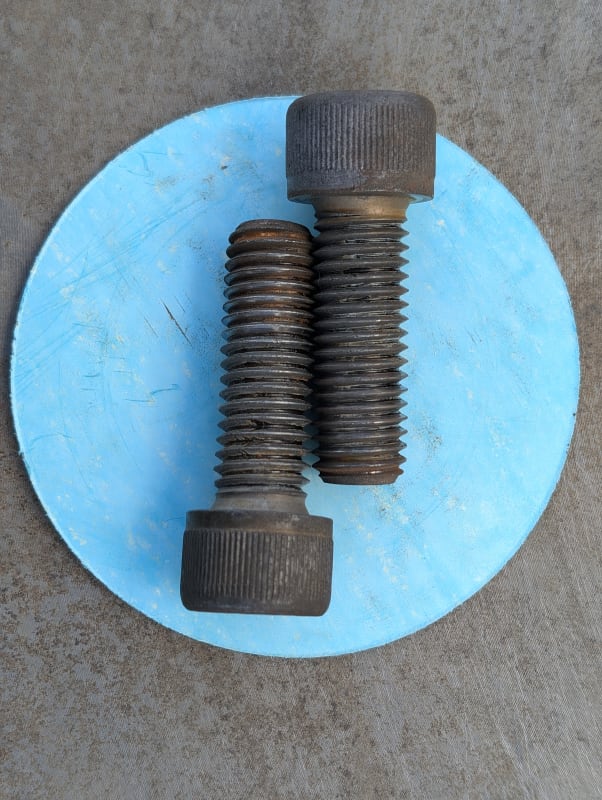TugboatEng
Marine/Ocean
- Nov 1, 2015
- 11,814
I showed up at our shop today to find my mechanic cleaning bolts in a phosphoric acid solution. Later, during assembly, two of the bolts yielded at ~50-75% of the torque spec. The bolt are class 10.9 M14 socket head capscrews. Is it possible that a 1 hour exposure to phophoric acid at 75% concentrations could cause hydrogen embrittelment in this material? The bolts didn't break but there was a substantial amount of plastic deformation.

